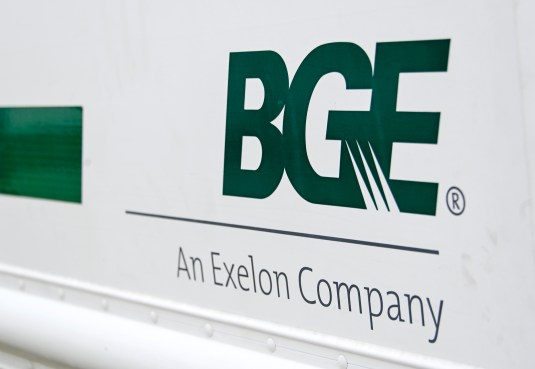
A pipeline that BGE purged of gas shortly after the Francis Scott Key Bridge collapse in Baltimore is again “fully operational,” the company said Friday.
The cargo ship Dali crashed March 26 into the Key Bridge, decimating the span and killing six construction workers.
As authorities worked to recover the bodies and clear the shipping channel of debris, the pipeline, which measures 24 inches in diameter, lay underneath the salvage area. Beginning the day after the collapse, Baltimore Gas and Electric Co. purged the line and isolated it from its gas system, a process that took six days.
Damage to the pipeline could have created a dangerous situation. In other instances, mariners have died after striking an underwater gas line.
As the Dali, which rested on the bay bottom, was refloated and as wreckage was cleared from the shipping channel, the pipeline remained turned off. Earlier this month, the channel was fully re-opened and the Dali sailed this week to Norfolk, Virginia.
BGE spokesperson Stephanie Weaver said in an early April statement that “BGE operates a highly integrated gas system so that an isolation of one particular section will not generally have a significant impact on customers.”
The pipeline has now been “reconnected,” BGE said in a statement Friday.
There is also a seldom-used Baltimore City water main, 72 inches in diameter, that runs under the Key Bridge site.
“Since the main was shut off the day of the bridge collapse, there have been no operational issues related to the full closure of the 72-inch main,” a city spokesperson said in late May.



